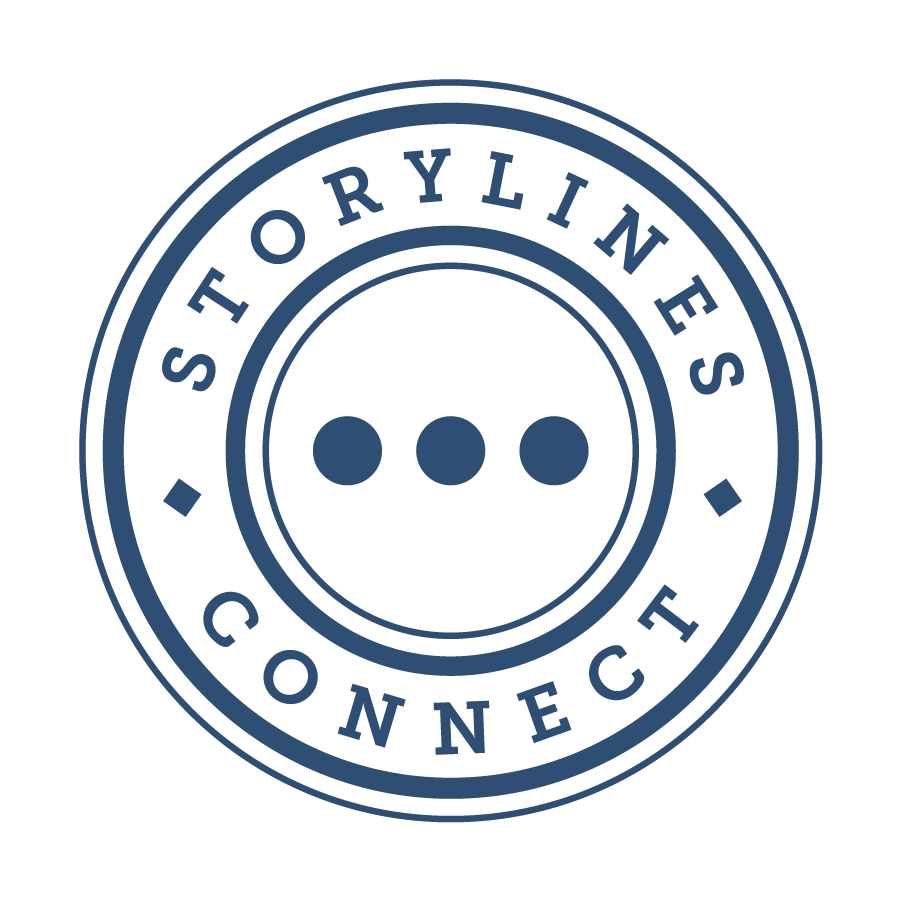My studies at NYU’s Gallatin Division (2002-2004) were focused on performance & technology. Not only the use of digital tech in theatre, but the reliance of streaming media in the decades ahead.
I worked with a task force of artists who were taking advantage of the Abilene Network, also known as Internet2. This was a proprietary network with no commercial traffic connecting 200+ universities for training purposes. But once the artists got ahold of it, many cool collaborations took place.
Around that time, I had a presentation in Plymouth, UK in 2009 about Networked Collaboration, and the possibilities of the future.
At that time, there were thousands in chat rooms discussing the theoretical (and actual) concept of PRESENCE, how it is experienced, captured and how it may be used in the future. *Haptics* was a buzz word thrown around a lot. That’s when you can feel the pressure of my touch through a vibration through the Internet. You can imagine where that went. No masks. No gloves.
The foundation for networked collaboration was set early on. Fluxus collaborations with astronauts and satellite art. The Zoom approach is not new, of course, but the server array built in the Nevada desert is.
The Network can, and sadly, will support the new performance space.
While a depressing thought, there is an opportunity looking forward.
The LaMaMa site is already doing this. Joe Papp. Among others. Another platform called LiveStream used to be free, now Jazz at Lincoln Center is their main client broadcasting satellite quality performances. You’ve stumbled upon others. Opera. Broadway.
This marginal space may become even more mainstream, standard and the artists will thrive as the new filmmakers. The theorists will wax philosophical and the space station will house resident poets.
“How will digital media affect how we think, create, and collaborate? How can new authoring systems and story models shape how we communicate? What types of stories are made possible when new telematic technologies can blow a hole in the theatre wall into the performance space of another dimension? How could a networked collaboration be transformative? What needs to take place to ensure ‘good theatre’ while taking advantage of the power of new media to manifest nightmare visions, to capture the haunting of a restless spirit? Or, more importantly, to entrust new audiences with new powers? How to maintain intimacy and immediacy with the performers/performance? How to warm up a cold distant space?”
If you have time on your hands, feel free to jump around.
The above is referenced at 5:00 minutes in:
(*Constituency, Joe, not contingency)
—j.2u






